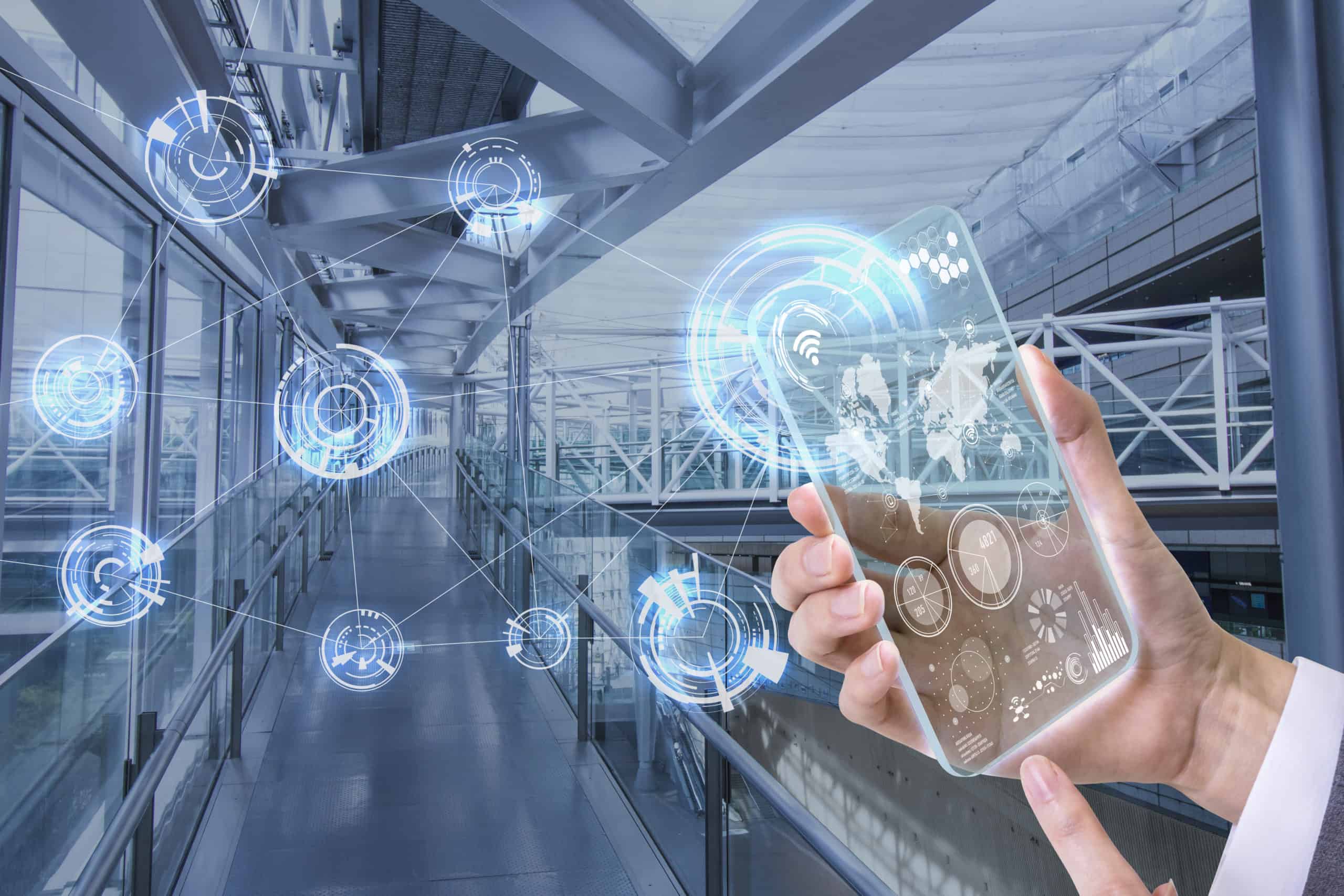We don’t really take the time to notice the existence of smart sensors embedded in our digital devices. But they are highly involved in our daily lives. We are literally surrounded by smart sensors.
Smart sensors are everywhere these days. In our phones, in our kitchen appliances, in our computers, in our security systems, in healthcare operations, in industrial processes, and in many more areas of our lives. In particular, with the rising use of the Internet of Things (IoT) and automation, smart sensors are getting embedded into all kinds of digital devices in order to gather information from the physical environment.
The Evolution of Old School Sensors to Smart Sensors
Sensors are not a recent buzzword. They have been around since the early 1960s. They have been used to detect temperature, light, motion, color, humidity, smoke, wind, and pressure. For several decades they have offered a wide range of applications in several industries. However, just like any other technological product, they evolved to an even better version of themselves. But why did they need to evolve?
It is obvious that people will always search for less complicated, less burdensome, and more efficient ways of executing things. The older versions of sensors required manual intervention in the processing of data. This didn’t seem like a flaw in the earliest ages of sensor technology. As time passed by and as technological advancements kept accelerating by making humans’ lives simpler, the old-school sensors seemed to not be good enough. Hence, smart sensors have emerged.
So what’s different about smart sensors? Unlike old-school sensors, they are equipped with signal conditioning, embedded algorithms, and digital interfaces. Besides performing detection and gathering of data, they have the capability to process and report data based on a predefined set of functions. What more do they offer? Smart sensors can offer high reliability, minimum cost, high performance, and scalable system. Not to mention that they come with simple features to design, use and maintain.
In essence, sensors extract data from different sources. Smart sensors can achieve more by not only collecting real-time data from several sources but also by immediately communicating with IoT devices without the need for manual intervention. Furthermore, since smart sensors are a crucial part of automation, pre-programmed algorithms can be used for automating systems and machines.
Smart Sensors in Our Everyday Lives
Smart sensors are embedded in portable smart devices to track real-time changes in the surroundings and activities of their users. They are intended to track a variety of environmental changes such as ambient light, atmospheric pressure, magnetic fields, device orientation, movement, gravity, and proximity.
In smart home systems, where buildings are installed with IoT devices, smart sensors play a key role in making sure the operations of buildings go as intended. A smart home system may to the least include smart locks, touch sensors, motion detectors, smart security systems, thermal detectors, window and door sensors, weather sensors, smart gas detectors, and smart smoke sensors. All these smart sensors, in cooperation with IoT devices, make smart homes simpler, more efficient, and more reliable.
Smart sensors are also widely used in industrial processes for monitoring, controlling, and automating operations. For instance, a thermal sensor in a factory is used to detect overheating of the machinery. Smart sensors embedded to automate an industrial process can execute operations by partially or fully replacing manual involvement.
But what is the significance of collecting all this data? Well, according to smart device manufacturers, it is for the purpose of creating an enhanced user experience. As much as this is an arguably appreciable intent, the active presence of sensors on the internet may also be a huge threat to their users. Let’s not forget that as technology constantly evolves, it is also creating an evolution in the nature of cyber crimes. Hence, the privacy of smart device users, smart homeowners, and smart industries may be compromised by cyber-criminals.
Future of Smart Sensors
The increase in the use of IoT in our daily lives is one of the driving factors that lead to the growth of smart sensors. Why is that? Because IoT devices depend on the information gathered by smart sensors. Moreover, as the demand for more automation and enhanced customer convenience increases, smart sensors technology is gaining the potential for market expansion on a global scale. According to Allied Market Research, the global IoT sensor industry will reach $141.8 billion by 2030.
In the present day, it’s obvious that smart sensors have a huge variety of applications in numerous sectors including consumer electronics, automotive, infrastructure, industrial, healthcare, and other sectors. What is even more interesting is that smart sensors are in the spotlight as a driving force for the fourth industrial revolution (Industry 4.0).
What to expect in the future? Smart sensors evolved from old-school sensors. It’s a matter of time for smart sensors to evolve too. According to Deloitte, a new generation of sensor technology is emerging with a focus on “connectivity solutions that are more scalable and tailored than traditional wireless networks, which are designed for higher bandwidth, larger volume data devices.” This means we are going to be surrounded by more smart sensors with an evolved version.
Photo: metamorworks/Shutterstock
You might also like:
Support us!
All your donations will be used to pay the magazine’s journalists and to support the ongoing costs of maintaining the site.
Share this post
Interested in co-operating with us?
We are open to co-operation from writers and businesses alike. You can reach us on our email at [email protected]/[email protected] and we will get back to you as quick as we can.









